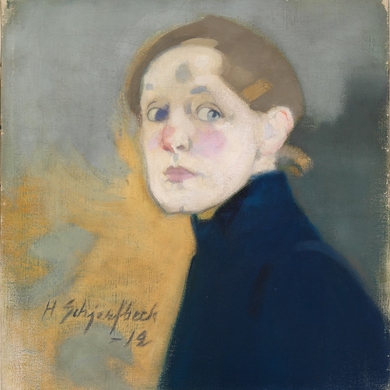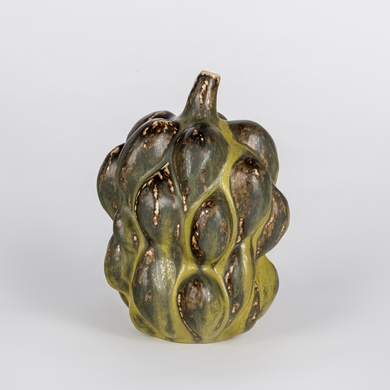For 214 years, from the 17th to the 19th century, Japan’s foreign policy could be summed up by a single word: Sakoku. Translation: “closed country.” This meant little trade and virtually no travel in and out. It also meant that while Bernini was sculpting his David, while Rembrandt was painting Night Watch and Vermeer Girl with a Pearl Earring, the world knew next to nothing about Japanese culture. It wasn’t until 1853, the year Van Gogh was born, that Japan opened to outsiders (and what would Van Gogh’s art have been without the influence of the Japanese prints he collected?). The small country’s influence is now enormous, but the University of Tokyo is helping to further fill in the gaps by digitizing a 4,180-item collection of scrolls, text, and papers, making it available for free to home viewers. The objects, which viewers can zoom into, trace hundreds of years of Japanese history in the form of prose, poetry, and art. Highlights include rare legal records from the Ming Dynasty, an early manuscript of The Tale of Genji, and annotated books from the personal collection of writer Mori Ogai. —J.V.
Arts Intel Report
The University of Tokyo Archives
When
Jan 1 – Sept 20, 2021
Where
Etc
Explore More
Dec 5, 2025 – Apr 5, 2026
Until Feb 28, 2026
Until May 4, 2026



